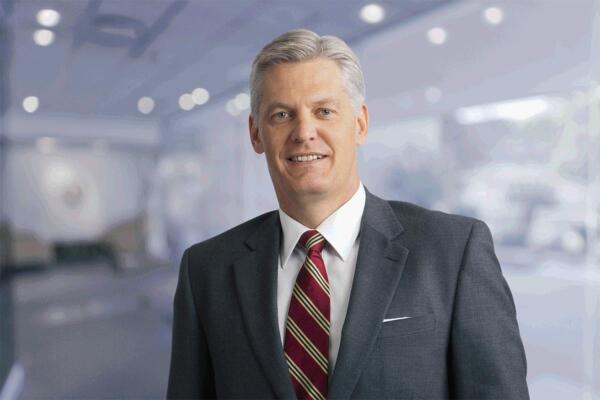Eskom chief executive Andre de Ruyter has reiterated that the power utility should be allocated the lion’s share of the just transition fund that was offered to South Africa at COP26 as the power utility seeks to expand its power grid.
ESKOM chief executive Andre de Ruyter has reiterated that the power utility should be allocated the lion’s share of the just transition fund that was offered to South Africa at COP26 as the power utility seeks to expand its power grid.
The country was allocated R131 billion ($8.5bn) by France, Germany, the UK and the US, as well as the European Union to accelerate South Africa’s transition from high carbon to a low carbon economy.
De Ruyter, delivering a virtual keynote address at the 2022 Africa Energy Indaba on Wednesday, said that if the power utility was allocated the money, it would help Eskom expand the grid.
“We have issues around the capital, and we are excited about $8.5bn that South Africa managed to reach with lenders at COP26. We believe the bulk should come to Eskom for us to expand on our grid,” he said.
In his presentation, De Ruyter said in the Transmission Development Plan that the power utility had published it stated that the power utility wanted by 2031 to spend about R180bn on new transmission infrastructure.
“That means we have to build about 2,598km of lines by 2026, that is 73 percent more than constructed in the previous five years. Eskom will have to build the record amount that it has ever built in history, and it has to do that consecutively for about 10 years. From a construction and execution perspective that is going to be challenging,” he said.
He said it would not only be transmission lines that would be built, sub-stations would also be constructed. “This will mean there will be 13GVA new transformer capacity,” he said.
De Ruyter predicted a timeline of eight to 10 years of construction of the transmission lines and sub-stations.
“If we get it right, this roll-out will help to get low-cost renewables and optimal areas to be connected to the grid. There would be job creation and local industry stimulation,” he said.
EE Business Intelligent managing director Chris Yelland said De Ruyter was on the right track as the roll-out of renewable energy around South Africa would need an upgrade of new lines, transformers and new sub-stations.
“Traditionally the generating has been in areas in Mpumalanga and to some extent in Limpopo, with renewable energy coming on stream in areas like the East and West coast of South Africa. Renewable energy will not be coming from the traditional area.
“It is going to need new transmissions development. That is where the money is going to have to be spent. It’s money that has to be spent as it will enable generation all around the country instead of very limited areas around South Africa. I think what he is saying is correct,” he said.
Meanwhile last month, Eskom implemented power cuts to prevent a total collapse of the grid as its coal-fired plants remain prone to breakdowns.
Recently, the National Energy Regulator of South Africa approved an average electricity tariff hike of 9.61 percent for the 2022/23 fiscal year.
– BUSINESS REPORT








